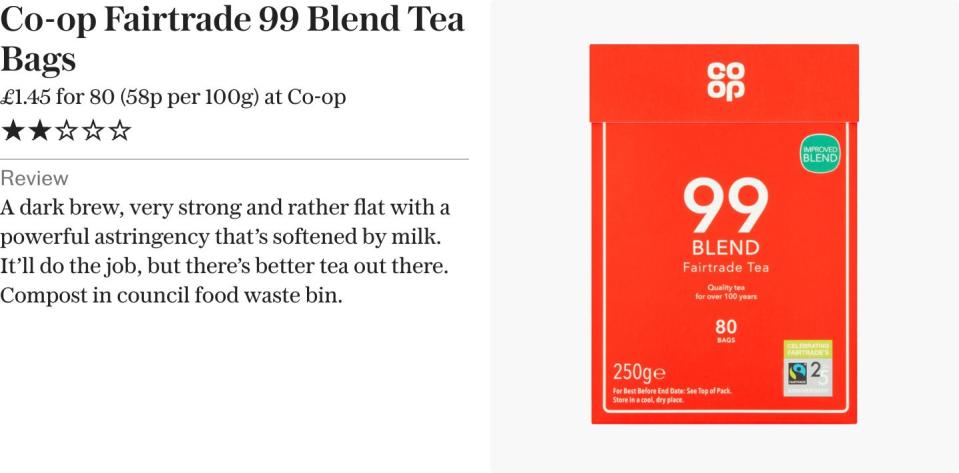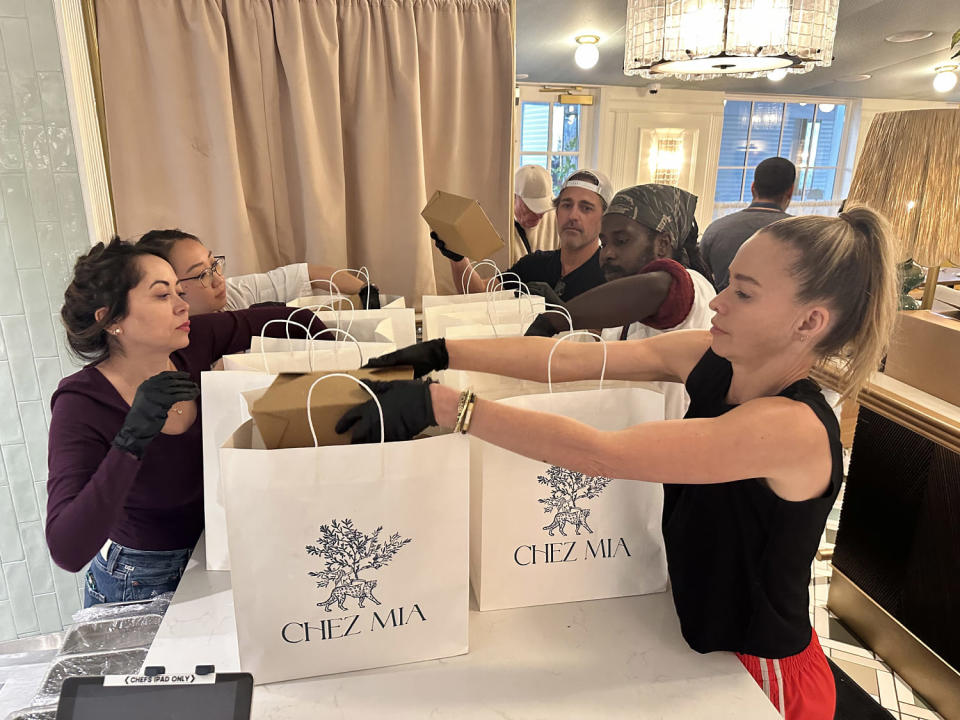This week is all about the classic British cuppa, which most of us make with a tea bag. I rounded up 23 boxes from the supermarkets, sticking with the standard version – Gold, Extra Strong, and English Breakfast will have to wait for another day.
I enlisted the help of tea merchants Michelle and Rob Comins of Comins Tea, which sells fine brews online and at its shop in Bath. We put in a call to their friend, tea grower Buddhika Dissanayake who has nearly two decades’ experience in the business. Speaking from his plantation tasting room in Sri Lanka, Buddhika explained how black tea is, very broadly, divided into four grades, the best being orange pekoe, followed by broken pekoe, then fannings and finally dust (sometimes called sweepings). There’s an in-depth explanation in the Cominses’ book, Tales of the Tea Trade.
Tea bags generally contain the fannings and dust. These tiny fragments will give strength to the tea and release flavour much more quickly than orange pekoe – handy for the dunk-and-go style of tea making. But they can also release the bitter and other undesirable flavours.
Tea made from bags should be darkish red in colour, not dull or murky looking – signs it may have been exposed to moisture or that it contains too much dust which can pass through the bag, leaving a deposit at the bottom of the cup.
ADVERTISEMENT
As for flavour, we looked for a nice pungency and full body, with good length and complexity. Bad signs were a stale smell and flavour, or over-caramelised notes which can indicate that the drying process, the “firing” of the tea, has been mishandled.
The bags themselves are another issue. Most manufacturers have switched to a plant-based glue that can be composted in council facilities although not at home. A few have yet to make the switch, or don’t give the necessary information on the box so don’t put these in the brown compost bin.
So here’s our verdict – among these 23, there’ll be one that’s just your cup of tea.

How we tested
The tea bags were taken out of their packaging and assigned a letter from A to W to anonymise the samples. We brewed the tea in professional brewing cups for the time specified on the packet, and tasted them “blind”, first without milk and then with milk. We also split each bag to assess the contents.

EMEA Tribune is not involved in this news article, it is taken from our partners and or from the News Agencies. Copyright and Credit go to the News Agencies, email news@emeatribune.com Follow our WhatsApp verified Channel





